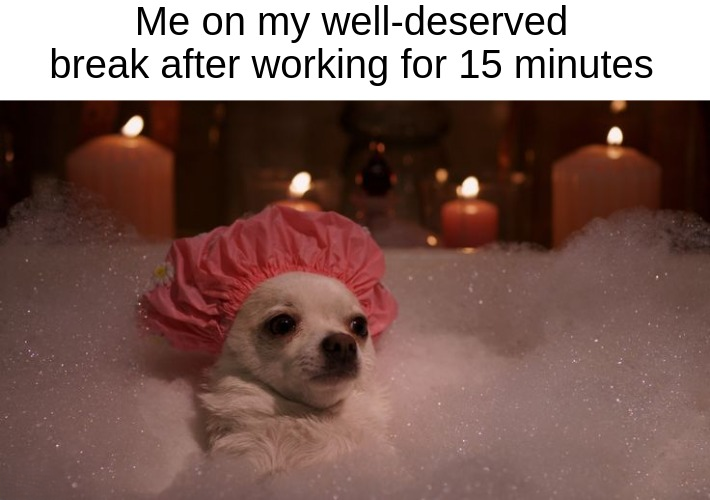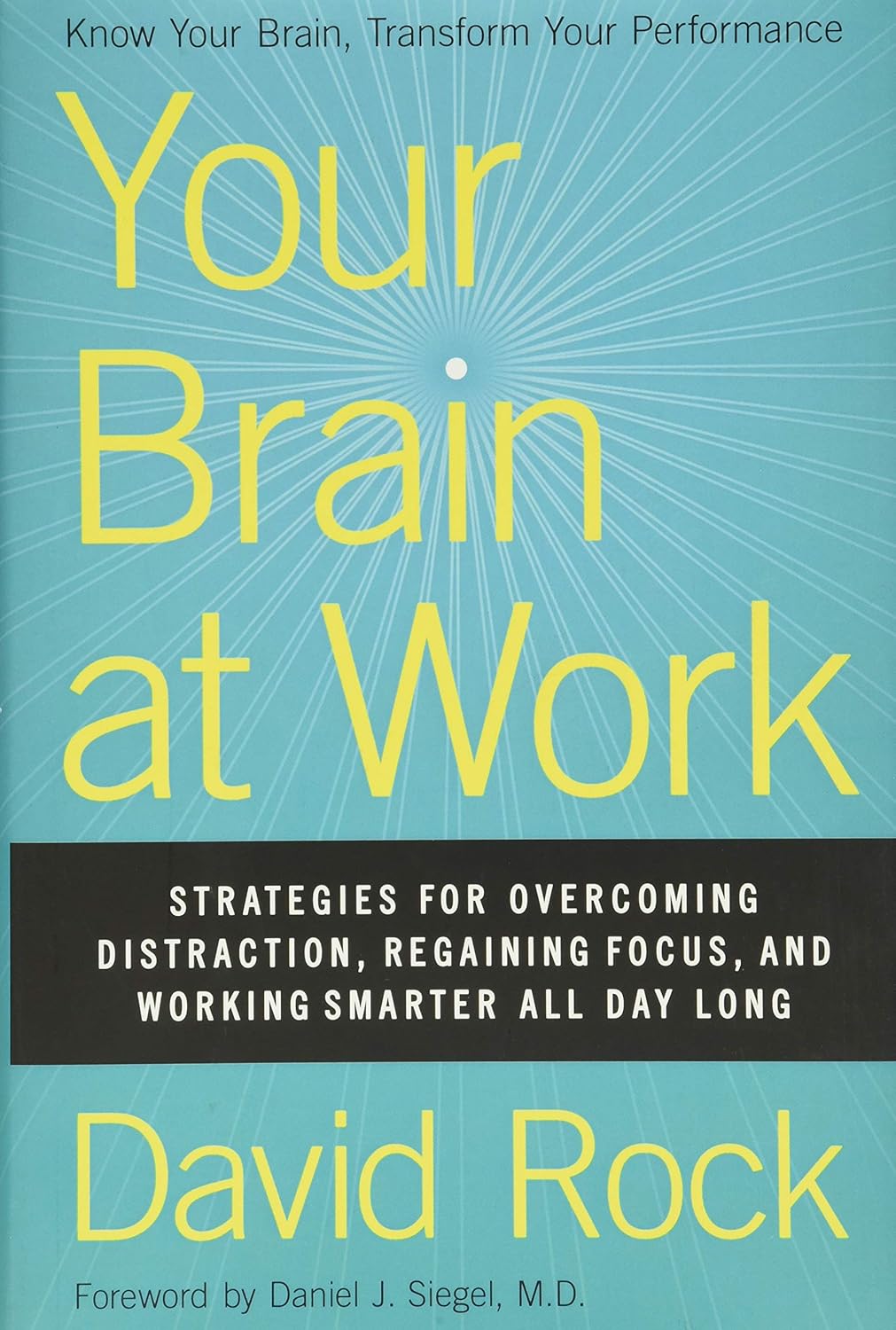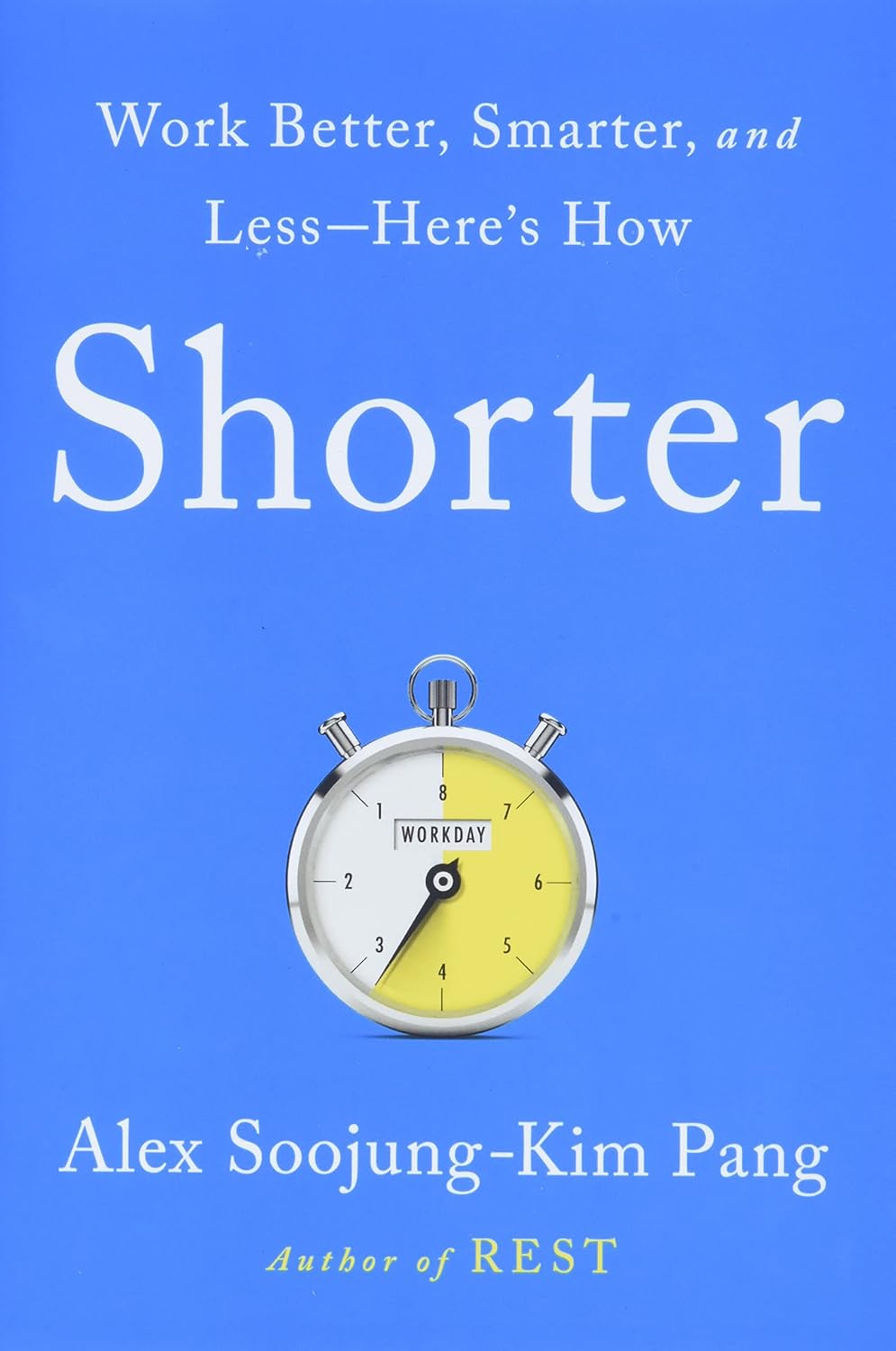Maintaining momentum during extremely long projects is like running a marathon that gets harder with each mile. Knowing the framework behind long-term motivation isn’t just helpful - it’s essential for a healthy work-life balance. In this article, we explore proven
Effective breaks for productive work
Today’s obsession with productivity and hustle culture is quietly harming our mental health. It promotes burnout by undervaluing rest. In this article, we’ll explore how regular breaks can actually boost your energy and productivity during long, demanding workdays.
Key takeaways
Strategic Breaks — Different types of rest (physical, cognitive, social) serve different recovery purposes
The Productivity Paradox — To achieve more, you need to strategically work less
Culture of Effective Rest — A systematic approach to breaks at the organizational level boosts the entire team’s performance
Why breaks matter
Sorry, but that “We’re not using 100% of our brain” thingy is just a bunch of baloney.
We’re not computers, and our energy and focus levels are constantly in flux. The key to productivity is not just in “locking in” and powering through discomfort, but in switching between focus and complete dissociation from anything work-related. Don’t believe us? Get ready for a whole bunch of interesting side effects, including:
- Decision-making speed decreases
- Work quality drops, and the number of errors increases
- More time is needed to complete tasks
- Creative thinking becomes blocked
- Fatigue accumulates, leading to chronic stress
So yeah, despite what that jacked TikTok fella says, regular breaks are not roadblocks on your journey to becoming the next big thing, but actual pre-determiners of how efficient you are at what you’re doing. No matter how “lazy” you feel when taking a few moments from work to stretch, brew some coffee, or even scroll through your phone, these small moments are a strategic investment in your overall energy and focus levels.
A bit of science
So basically, all of us work in cycles, also known as Ultradian Rhythms — natural biological cycles that switch every 90–120 minutes.
During these, you are your best self and cracking tasks like pistachios. After that, however, pistachios become increasingly sturdier, somehow. That’s natural. That’s your brain telling you, “Alright, we need to recharge.”
Fighting these “down periods” with coffee, nicotine, or self-empowering speeches might work for a while, but will quickly lead to the very same feeling of tiredness, only more severe, or even chronic. Adjusting your work according to these spikes of energy, and not the opposite, is what you actually need to do:
This is what happens inside your body when you take a proper break:
- The brain’s default mode network is activated (it switches on when there are no external stimuli), which is responsible for creativity
- The brain continues to process information in the background
- Cortisol levels (the stress hormone) decrease
- The ability to deeply concentrate is restored
And that cortisol fella is one hell of a pain in the back, causing all kinds of trouble with your skin, overall health, and even your brain chemistry.
According to a 2018 study published in the journal Neurology, higher serum cortisol was associated with lower brain volumes and impaired memory in asymptomatic younger to middle-aged adults, with the strongest associations seen in women. The researchers found that individuals with elevated cortisol had worse performance on memory and visual perception tests, as well as reduced total cerebral brain and gray matter volumes in the occipital and frontal lobes.
And then there are actually scary things, like the risk of Alzheimer's, dementia, brain atrophy, and a whole other bunch of no bueno.

Taking your breaks strategically
Even though breaks are great and all, sticking to the “Oh well, I’m tired = I’m taking a break” approach is also not the way to go.
Remember, you can’t just switch back into your working mode — that spongy thing in your head also needs some time to properly adjust. So let’s put your brakes on a completely different, structured level:
1. Scheduled Work and Rest Intervals. The classic Pomodoro Technique (25 minutes of work + 5 minutes of rest) is a good starting point, but in the IT field, it often needs adjustment. Experience shows that for programmers and analysts, the following pattern is more effective: 52 minutes of deep focus – 17 minutes of full rest.
- For designers and creative professionals, a different rhythm may work better: 90 minutes of creative work, 20–30 minutes of active rest.
- Pomodoro technique is not for everyone, though, so get experimenting! Try different intervals, and see which ones stick.
2. Different breaks for different tastes:
- Cognitive Breaks. When you’re stuck on a difficult problem, switching to a completely different task can be a lifesaver. This phenomenon is explained by the activation of the brain’s default mode network, which keeps working on the problem in the background. Try doodling on a piece of paper for about 15 minutes, then return to the task — the solution might come naturally.
- Physical Breaks. A sedentary lifestyle is a curse for modern professionals. Regular physical activity isn’t just good for health; it also noticeably improves cognitive functions.
Try short exercise routines (5–7 minutes), taking the stairs instead of the elevator, stretching your neck and shoulders right at your desk, or “walking meetings” for discussing non-technical topics. - Social Breaks. Especially important for remote workers suffering from isolation. Short informal chats with colleagues briefly substitute therapy sessions, as they reduce stress, strengthen team spirit, and often lead to unexpected problem-solving ideas.
- Learning Breaks. Not mandatory, but worthwhile. If you want to catch your breath from work tasks without wasting time, spending 10–15 minutes learning a new technology or reading professional literature is an ideal option.
For managerial stuff
When you’re actually keeping things from falling apart in your company, hearing “HAVE YOU TRIED POMODORO TECHNIQUE?” from every internet crevice is blood-boiling, we know.
What can really help in this situationship you have with your teammates is reframing the entire “laziness” thing a bit, making it a part of one very healthy and very happy company culture. You’re the leader, after all — who, if not you, will show all them overworked and tired people that naps are actually good for you? A couple of things to try here:
- Lead by Example. Show personally that taking breaks is normal and, even more importantly, necessary.
- Reject the "Heroic" Culture. Stop romanticizing overtime and all-nighters. Sure, a huge report can be done overnight, but does it make sense if the employee won’t be able to function the next day?
- Create Rest Zones. Even a small corner with a comfortable chair and books can become an oasis for recovery. For remote teams, organize casual team calls unrelated to work, where everyone can take a break from their tasks.
- Establish Traditions. For example, team five-minute physical activity breaks after long meetings.
- Measure Results, Not Screen Time. This is a fundamental mindset shift, especially important for remote teams.
Tech Tools for Organizing Team Breaks:
- Slack bots for scheduling random virtual coffee breaks
- Calendar blocks for mandatory breaks in the team’s shared schedule
- Toggl for tracking work and rest cycles
- Taskee for tracking progress of what’s already done in style
Tips for different industries
- For developers. Keep in mind the "code immersion" cycle — it takes about 15-20 minutes to fully focus. Try to plan breaks at natural task boundaries.
- For marketers and content creators. Alternate analytical tasks with creative ones. If you’re working on text, switch for 10 minutes to data analysis, and vice versa.
- For entrepreneurs. Set aside "strategic pauses" in your schedule — time when you’re not solving current problems but thinking about the company’s big-picture goals.
Interesting fact 
The Japanese practice of inemuri (居眠り) is the art of "being present while sleeping." In Japan, it’s considered normal to nap right at the workplace or in public places if a person is busy with important work and tired. Such short rest is seen not as laziness but as a sign of dedication to the job!
Related articles:
For a deeper understanding of productivity, study the article on boosting productivity with Kanban: tips for effective task management.
To prevent burnout, read about How to Avoid Burnout: key strategies for maintaining well-being.
For better planning, check out the What is a gantt chart? A guide to visualizing and managing project timelines.
Conclusion
In today’s world of continuous busyness, the ability to take breaks becomes a superpower. Implementing a culture of effective breaks is not a one-time solution but a gradual process.
Remember: in the long run, the winner is not the one who works more hours but the one who works more effectively during the time given.
Recommended reading 

"Your Brain at Work"
A neurobiological view on how the brain functions in the work environment and why regular breaks are critically important for maintaining high cognitive function.
On Amazon
"Shorter: Work Better, Smarter, and Less — Here's How"
A study of companies worldwide that reduced work hours without losing productivity, using principles of strategic rest and intense focus.
On Amazon
"When: The Scientific Secrets of Perfect Timing"
A practical guide on how to sync your work with natural biological rhythms for maximum efficiency.
On Amazon






